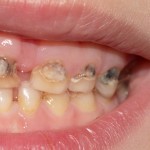Birth – 18 years.
“Tell Me Your Story”: using Narrative Exposure Therapy to help youth with PTSD

Will Koehler explores a case study which provides very early evidence that adapted narrative exposure therapy may be helpful in treating PTSD in adolescents.
[read the full story...]







